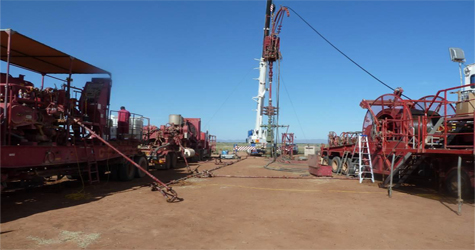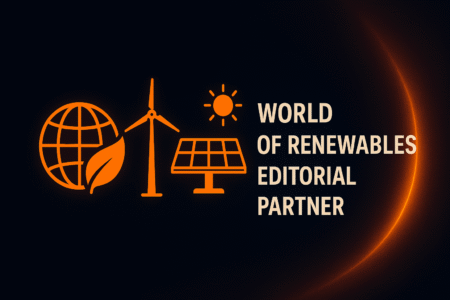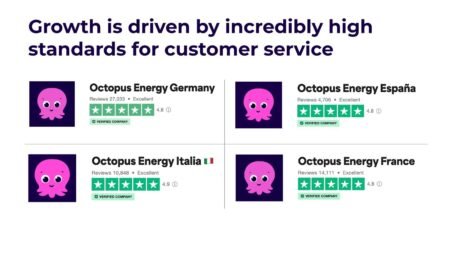Announcing the recently completed Stage 1 – Injectivity test .
Petratherm and its JV partners, Beach Energy and TRUenergy Geothermal are pleased to provide the following results of the recently completed Stage 1 – Injectivity test which was performed during the Christmas – New Year period.
After assessment of the data obtained during the Injectivity test the key technical achievements are summarized as follows:
Highlights
Successful fracturing of rock during injection trial.
Sensitive monitoring equipment detected over 140 micro-seismic events during the injection. These events are 10,000 times smaller than seismic events felt in earthquakes.
Events associated with the injection extended in excess of 300 metres from the wellbore.
Main stimulation scheduled for mid to late March 2011.
Apparent connection to over-pressured zone to be confirmed during main stimulation.
Injectivity Test
The Paralana 2 well is steel cased to 3,725 metres. Immediately prior to the injectivity test the wellbore was cleaned by means of a coiled tubing operation. The casing was subsequently perforated over the interval 3,679-3,685 metres to allow the injection to occur.
A step rate injection was performed which successfully broke down the formation. Injection rates ranged between 0.5 and 2 barrels per minute enabling the key information to be captured necessary to plan the main fracture stimulation works planned for late March 2011.
On completion of the injection work, the measured well head pressure was more than 4,000 psi. The high pressure may suggest connection to pre-existing overpressure contained in the reservoir rock or could be due to gradual equilibration due to the low permeability nature of the rock.
The JV partners are encouraged by the results of the injection test. It is the intention to expand connection into this potentially over-pressured zone during the main stimulation.
Micro-seismic Monitoring of Injectivity Test
The Paralana micro-seismic monitoring array has been operational since April 2008, recording the background seismicity at the Paralana Geothermal Project site. The seismologists that established and are managing the micro-seismic monitoring array on behalf of the Joint Venture are from the Institute of Earth Science and Engineering, Auckland, New Zealand.
The array combines sensitive down-hole sondes with surface seismometers to enable the interpretation of a wide spectrum of seismic events. During the 2 hour injection period, in excess of 140 locatable micro-seismic events were recorded. Event magnitudes are very small ranging between -1.8 to 0.4 on the Richter magnitude scale some 10,000 times smaller than earthquakes that people would typically feel. The injection survey was used in part to calibrate the micro-seismic array. The seismologists were greatly encouraged by the high quality data that was able to be captured and the large number of events recorded.
The fracture array cloud measured by the array indicates that it extends approximately 300 metres by 200 metres and is approximately 130 metres thick.
Main Stimulation Works
Preparatory works are underway for the main stimulation works scheduled for mid to late March 2011, subject to weather conditions and contractor availability.
The Stage 2 fracture stimulation involves injection of larger volume of fracturing fluid at higher rates. The stimulation aims to create an extensive fracture network more than 500 metres in length and connect to and enhance the existing natural fracture network intersected by the well.









